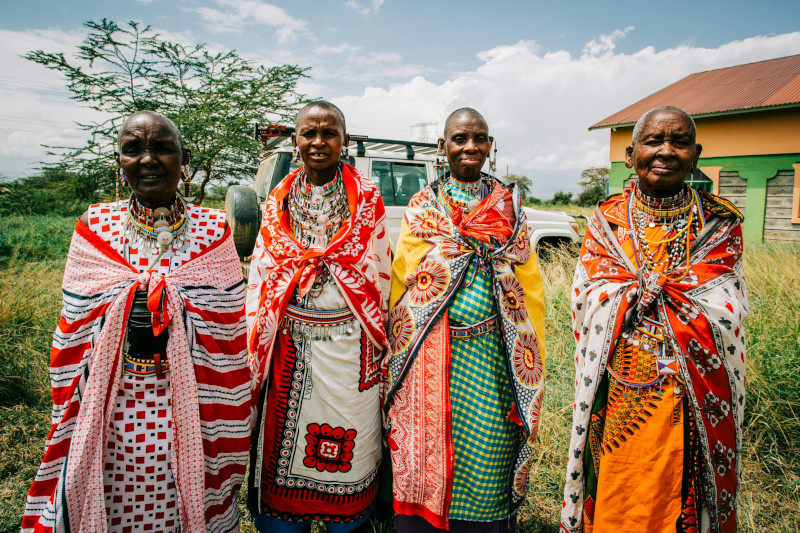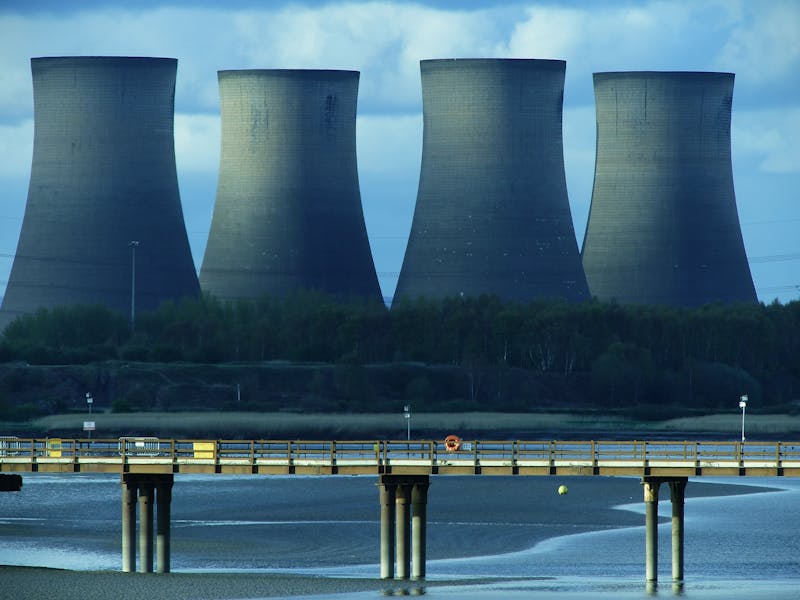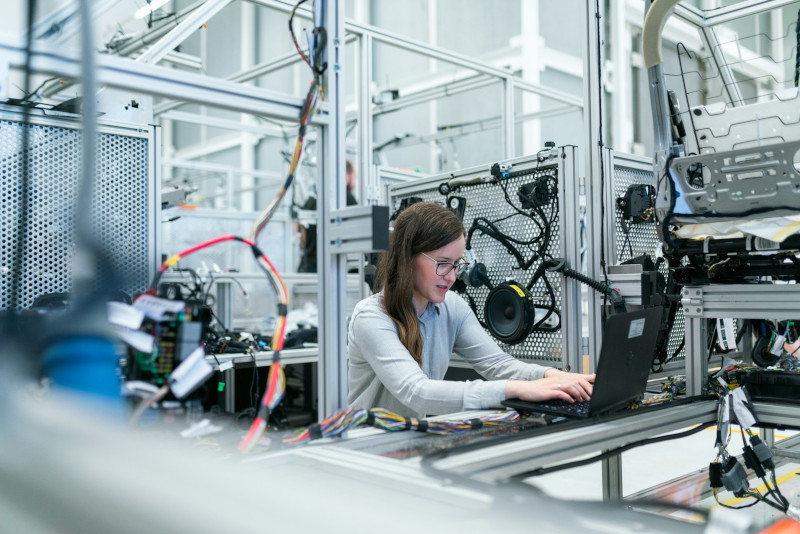Last Updated on October 9, 2025
Access to electricity is still a pipe dream for many people worldwide. In Sub-Saharan Africa, for instance, an estimated 600 million people do not have electricity.
That’s a mind-boggling number.
The figure represents a significant portion of the region’s population, highlighting the challenges faced in achieving Sustainable Development Goal #7, which calls for “affordable, reliable, sustainable and modern energy for all by 2030.”
However, where access to electricity was once a distant dream, solar energy is changing that. Thanks to plummeting solar panel prices, policy interventions, and climate change awareness, rural America, Asia, Africa, and other places are witnessing a quiet revolution fueled by the sun.
Solar energy is not just lighting homes, it’s changing economic fortunes, improving access to quality education, enhancing healthcare and quality of life.
Here’s how solar power is making this transformation possible in communities historically underserved by traditional grids.
How solar is powering progress in developing nations

For many rural communities in developing nations, access to electricity has long been a significant barrier to development. The vast distances and challenging terrains make extending traditional grid infrastructure impractical and prohibitively expensive. Where available, grid electricity might be unreliable with frequent blackouts.
Solar energy, with its decentralized nature, offers a viable and sustainable solution. With solar panels, even the most remote villages can access clean and affordable energy.
In addition, an electricity connection means people can charge mobile phones and even switch to smartphones, expanding access to information and public services digitally. As a result, access to affordable renewable energy is also transforming governance, especially in rural areas.
With smartphones, the public is better informed about governance issues on digital platforms. They can have a say and hold their local leaders accountable.
The case of Bangladesh
Bangladesh, one of the most densely populated countries in the world, offers a shining example of how solar can drive rural development.
The Country’s “Solar Home Systems” (SHS) program has installed over six million solar systems across rural areas. The program benefits more than 20 million people, in a country of approximately 170 million. This transformation has been life-changing for communities that previously relied on kerosene lamps, which can be expensive and hazardous.
The program, run in conjunction with NGOs and the private sector through public-private partnerships, supports households to acquire solar power systems.
How it Works:
Distribution and Installation: SHS systems are distributed to rural households through a network of retailers and installers. The government provides subsidies to make these systems affordable for low-income families.
Installation: Trained technicians install the SHS systems on the rooftops of homes. The systems typically consist of solar panels, batteries, and a charge controller.
Operation: The solar panels capture sunlight and convert it into electricity. Households can use the stored electricity for lighting, powering small appliances, and charging mobile phones.
Maintenance: The government and private sector organizations provide maintenance services to ensure the long-term viability of SHS systems. This includes regular cleaning of the solar panels, checking battery health, and addressing any technical issues.
With solar power, households can access basic lighting, enabling children to study at night and businesses to operate for longer hours. Access to affordable electricity has also empowered youth and women entrepreneurs to run small businesses, creating new income streams and fostering financial independence.
According to a study by the International Finance Corporation (IFC), Bangladesh’s SHS program has also reduced greenhouse gas emissions by nearly 1.5 million metric tons annually.
Cheap clean energy in Sub-Saharan Africa
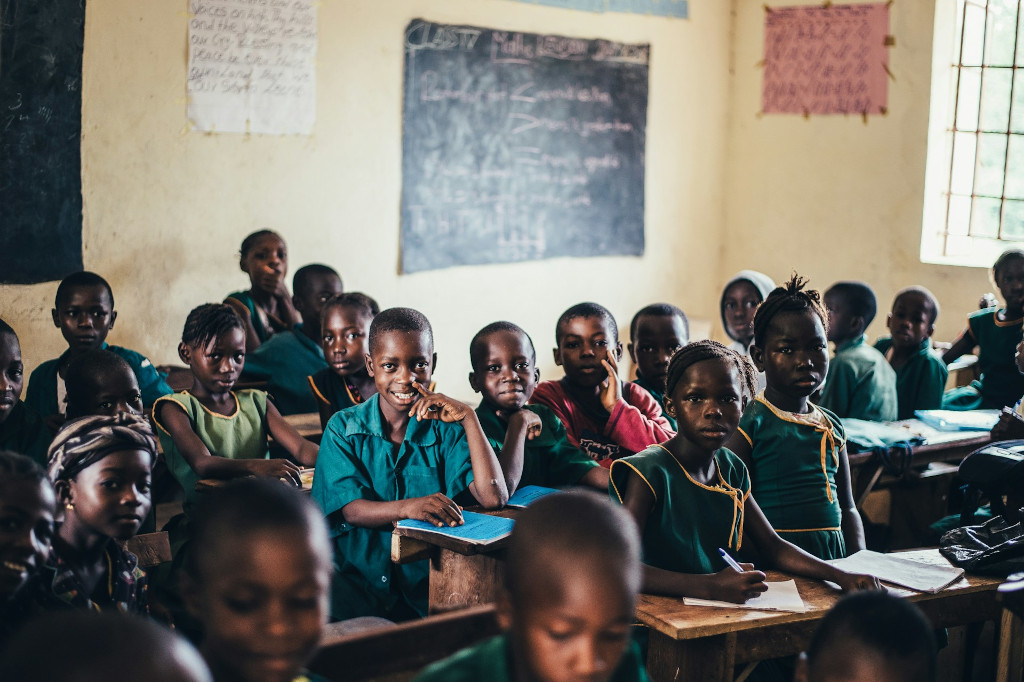
Sub-Saharan Africa, a region characterized by vast, beautiful landscapes and diverse cultures, has long grappled with inadequate access to clean, affordable energy.
This energy deficit has often hindered economic development, limited access to quality essential services like education, and healthcare, and contributed to poverty and income inequality. Poor governance has also significantly contributed to these challenges in Africa.
A significant barrier to affordable energy access in Sub-Saharan Africa is the high cost of traditional energy sources.
Diesel and kerosene, often the only available options, often have volatile prices that can make them unaffordable for many. This leads to a reliance on inefficient and polluting traditional fuels, such as firewood and charcoal. And while renewable, these fuels often contribute to deforestation, air pollution, and respiratory diseases.
Solar energy, with its decentralized nature, is breaking down the barriers to electrification in rural communities, weaning them off polluting fuels.
Countries like Kenya, Tanzania, and Uganda are leading the charge, with solar power companies offering pay-as-you-go (PAYG) systems that are affordable even for low-income families.
These platforms allow customers to purchase solar energy systems in small, affordable increments, making them accessible to even the most marginalized communities. Companies such as M-KOPA and d.light have pioneered this model, allowing households to purchase solar kits on a flexible payment plan.
For instance, M-KOPA has provided solar lighting and appliances to over 3 million homes across East Africa, connecting more than 12 million people to clean energy.
The impact is tangible—children can study longer, healthcare facilities are better equipped, and small businesses have grown. In Tanzania, rural clinics equipped with solar systems now store vaccines safely, a critical improvement in healthcare delivery.
Off-grid and solar mini-grids
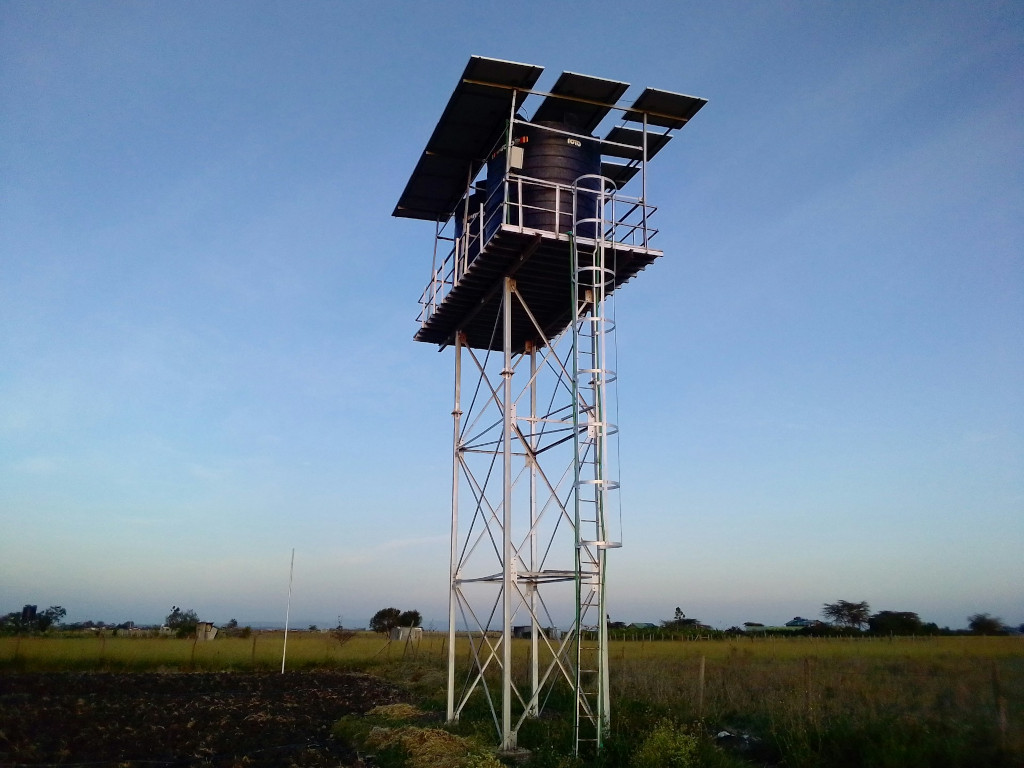
Mini-grids are a promising approach to providing clean and affordable electricity to rural and remote communities.
A mini-grid is a small-scale, decentralized power generation and distribution system that operates independently or in conjunction with the main electricity grid. Typically serving rural or remote communities, mini-grids provide electricity to areas where extending the main grid is impractical or too costly.
They usually consist of local energy generation sources—such as solar panels, wind turbines, or diesel generators—connected to distribution networks that power homes, businesses, and essential services.
Solar-powered mini-grids are especially popular in off-grid regions in developing countries.
These systems range from small village-level setups to more extensive networks that cover several communities. Mini-grids are often integrated with energy storage solutions, like batteries, ensuring a stable supply even when the sun isn’t shining or during power demand peaks.
By connecting multiple households to a central grid, mini-grids can achieve economies of scale and reduce the cost of electricity, making them a financially viable option for rural areas without a connection to the grid.
Lighting a brighter future
As we increasingly embrace renewable energy to minimize emissions, the potential for solar power to uplift rural and remote communities is immense. With falling solar panel prices and scientific breakthroughs in energy storage, the future looks bright.
However, we still need supportive policies, sustained investment, and community engagement to unlock and scale these solutions. We must also keep experimenting with different models to make solar energy more affordable and accessible, especially to low-income households and neighborhoods.
For rural and remote communities, solar energy represents more than just electricity. It is a pathway to better health, education, economic opportunities, and good governance.
